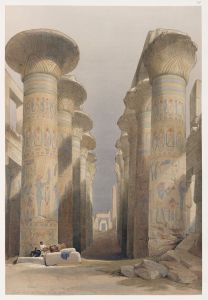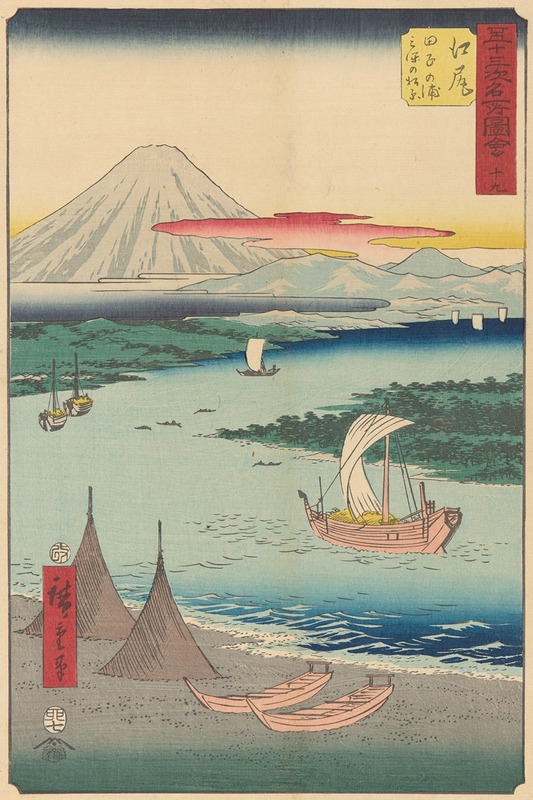
Ejiri
A hand-painted replica of Andō Hiroshige’s masterpiece Ejiri, meticulously crafted by professional artists to capture the true essence of the original. Each piece is created with museum-quality canvas and rare mineral pigments, carefully painted by experienced artists with delicate brushstrokes and rich, layered colors to perfectly recreate the texture of the original artwork. Unlike machine-printed reproductions, this hand-painted version brings the painting to life, infused with the artist’s emotions and skill in every stroke. Whether for personal collection or home decoration, it instantly elevates the artistic atmosphere of any space.
Ejiri is a woodblock print by the renowned Japanese ukiyo-e artist Andō Hiroshige, who lived from 1797 to 1858. This artwork is part of Hiroshige's famous series "The Fifty-three Stations of the Tōkaidō," which was first published in the 1830s. The series depicts various scenes along the Tōkaidō, the main road connecting Edo (modern-day Tokyo) to Kyoto during the Edo period. Each print in the series represents one of the 53 post stations along the route, as well as the starting and ending points.
Ejiri is the eighteenth station in the series and is known for its dynamic composition and the way it captures the essence of travel and daily life during the Edo period. The print portrays a scene near Ejiri, which is located in present-day Shizuoka Prefecture. It is set against the backdrop of Suruga Bay, with Mount Fuji visible in the distance, a common motif in Hiroshige's works.
In the foreground of the print, travelers can be seen struggling against a strong wind, which is a distinctive feature of this particular piece. The wind is depicted through the bent posture of the travelers, the fluttering of their clothing, and the scattering of papers and hats. This dynamic portrayal of the wind adds a sense of movement and realism to the scene, showcasing Hiroshige's skill in capturing the transient moments of everyday life.
The use of color in Ejiri is also noteworthy. Hiroshige employs a palette of soft blues and greens to depict the landscape, while the travelers' clothing adds splashes of brighter colors, creating a harmonious balance. The print exemplifies Hiroshige's mastery of the ukiyo-e technique, particularly his ability to convey atmosphere and emotion through simple yet effective compositions.
Hiroshige's "The Fifty-three Stations of the Tōkaidō" series was highly popular during his lifetime and remains one of the most celebrated works of Japanese art. The series not only provides a visual record of the Tōkaidō road and its surroundings but also offers insights into the culture and daily life of the Edo period. Hiroshige's ability to capture the beauty and diversity of the Japanese landscape has made his works enduringly popular both in Japan and internationally.
Ejiri, like many of Hiroshige's prints, has been widely reproduced and continues to be appreciated for its artistic and historical significance. It stands as a testament to Hiroshige's talent and his contribution to the ukiyo-e genre, which has had a lasting impact on the development of Japanese art and its reception around the world.





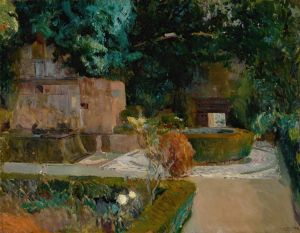
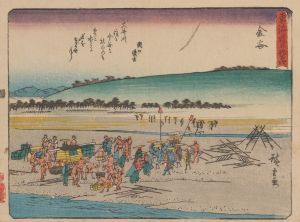
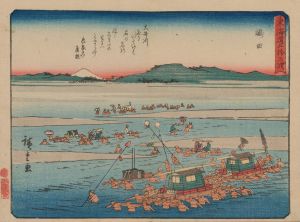
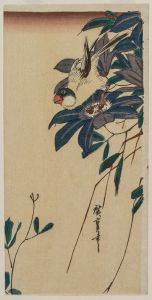
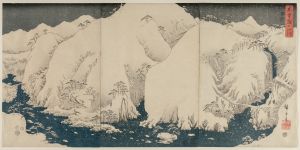
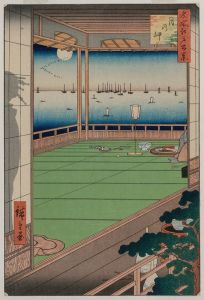
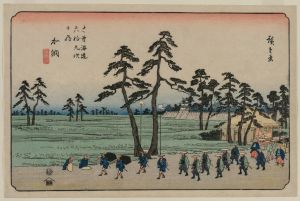
![Tora-no-mon-gai; Aoi Hill, Outside the Tiger Gate [Tora-no-mon]](/imgs/213040/s/ando-hiroshige-toranomongai-aoi-hill-outside-the-tiger-gate-toranomon-6629cde0.jpg)
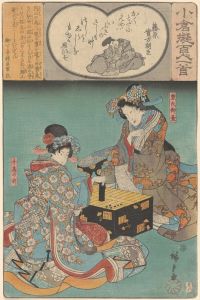
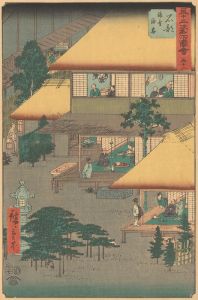

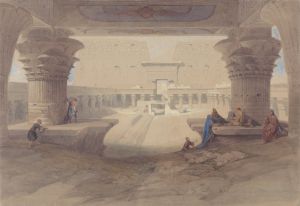
![Excavated Temple of Gyrshe [Gerf Hussein], Nubia.](/imgs/217480/s/david-roberts-excavated-temple-of-gyrshe-gerf-hussein-nubia-fb4767b0.jpg)
